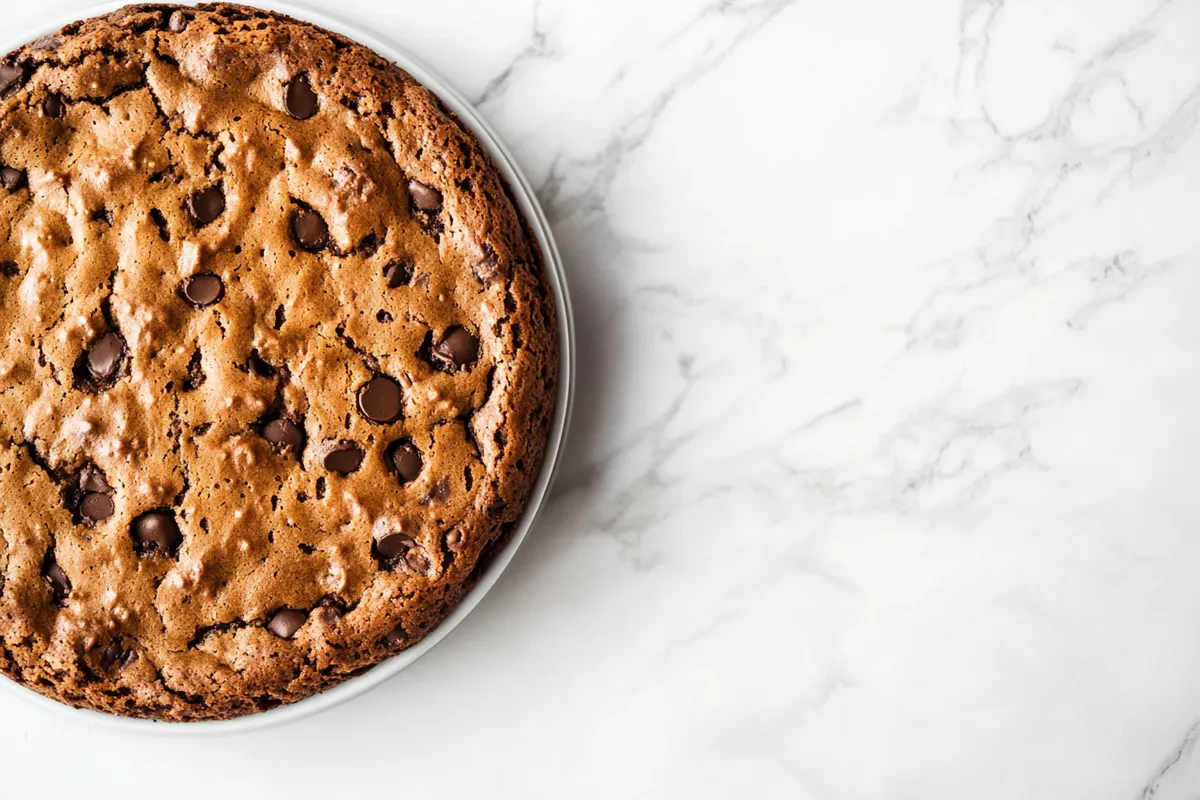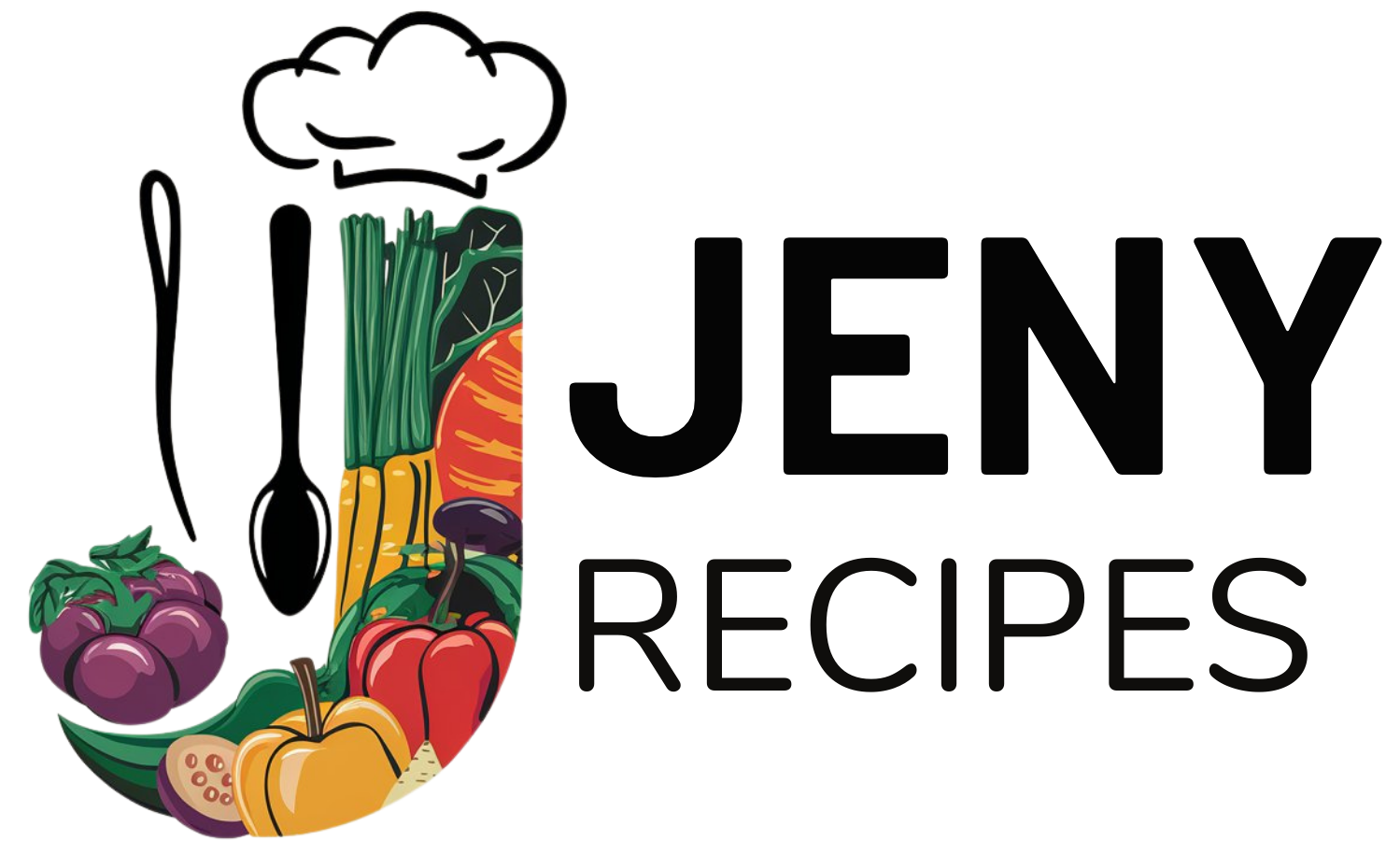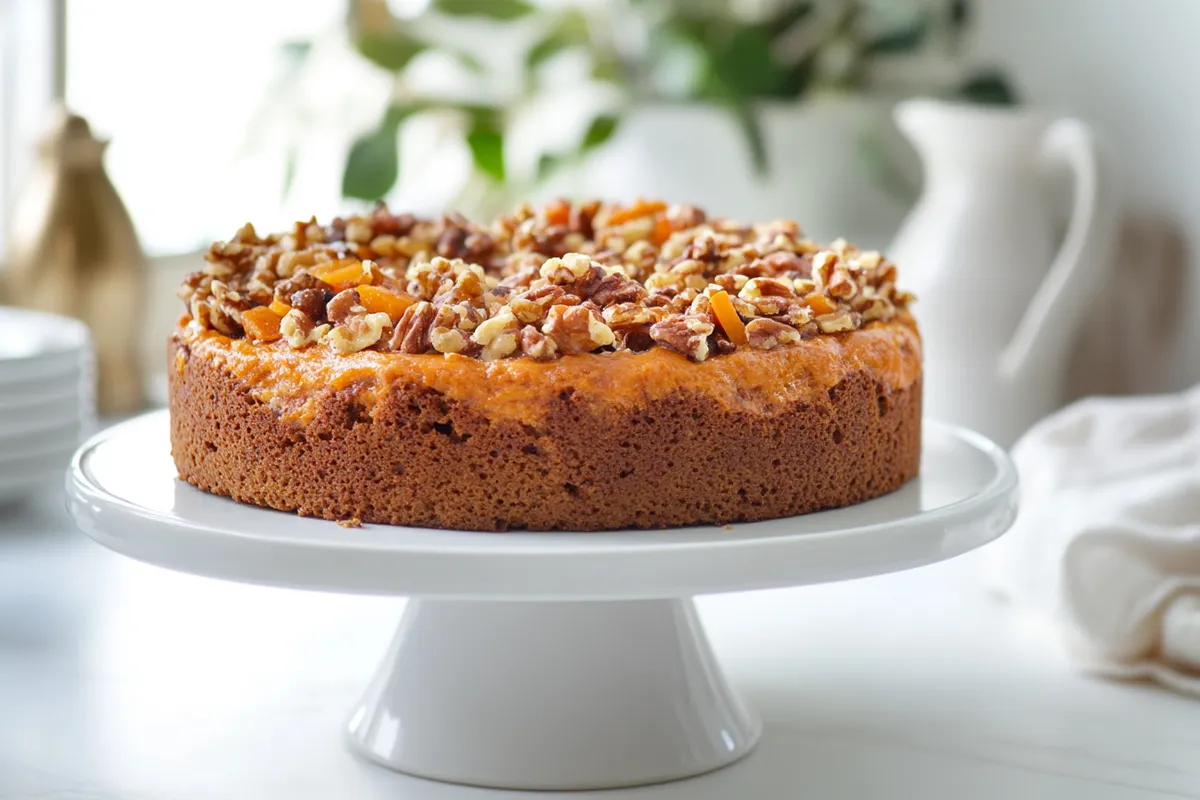In an era where dietary needs are becoming increasingly important, the quest for the best gluten free recipe book has taken center stage. Whether you’re navigating gluten intolerance or simply exploring new culinary territories, the right recipes can unlock a world of flavor without compromising on health. Imagine savoring mouthwatering dishes that are both wholesome and indulgent—gluten-free cooking doesn’t have to feel limiting!
Experimentation is key when venturing into gluten-free recipes. Substituting ingredients can lead to delightful variations that excite the palate. For instance, swapping almond flour with coconut flour or trying out different grains like quinoa or buckwheat can yield delicious results. Plus, I’ll share expert tips on achieving perfect textures and flavors, ensuring that even the most discerning eaters won’t miss the gluten.
Get ready to discover a revitalizing approach to cooking that embraces gluten-free goodness while satisfying your taste buds with every bite!
Ingredients for best gluten free recipe book:
When creating dishes from our best gluten free recipe book, it’s essential to use high-quality ingredients to ensure flavors and textures shine through. Here is a comprehensive list of each ingredient needed to serve 8–10 people.
Dry Ingredients:
- 2 cups gluten-free all-purpose flour blend (ensure it contains xanthan gum)
- 1 cup almond flour (for added flavor and moisture)
- 1 teaspoon baking soda
- 1 teaspoon baking powder
- 1 teaspoon salt
- 1 teaspoon ground cinnamon (adds a warm spice)
- ½ teaspoon nutmeg (optional for a subtle depth of flavor)
Wet Ingredients:
- 1 cup coconut sugar (or brown sugar for a richer taste)
- ½ cup unsweetened applesauce (for moisture)
- 4 large eggs (at room temperature)
- ¾ cup unsweetened almond milk (or any preferred plant-based milk)
- ¼ cup melted coconut oil (or unsalted butter for a richer flavor)
Flavors and Variations:
- 1 tablespoon vanilla extract (for a lovely aroma)
- 1 teaspoon almond extract (optional for a nutty twist)
Optional Add-ins:
You can customize your recipe by adding:
- 1 cup dark chocolate chips (or dairy-free chocolate chips for a vegan option)
- ¾ cup chopped nuts (such as walnuts or pecans for crunch)
- 1 cup dried fruits (like cranberries or raisins for sweetness)
These ingredients ensure your recipe stands out in the world of gluten-free cooking. Tailor flavors to your liking, and swap out any ingredients as necessary to fit dietary preferences or restrictions. Get ready to impress your guests with stunning and delicious gluten-free dishes from this best gluten free recipe book!

How to prepare best gluten free recipe book:
Creating the best gluten free recipe book is a rewarding process. Follow these detailed steps to grab your readers’ attention and inspire them to embrace gluten-free cooking.
Gather Ingredients and Equipment
Start by collecting all necessary ingredients and cooking equipment. Ensure that your kitchen is stocked with gluten-free flours, grains, and binders such as xanthan gum. Gather mixing bowls, measuring cups, and cooking utensils, as well as a reliable camera for food photography.
Choose Your Focus Recipes
Select a variety of recipes that appeal to a wide audience. Include breakfast, lunch, dinner, and dessert options. Think about seasonal availability when selecting recipes. Aim for a mix of simple and complex dishes to cater to different skill levels.
Test Each Recipe
Once you’ve selected your recipes, prepare each one to verify taste and texture. Pay attention to flavors and ensure that each dish meets gluten-free standards. This step is essential in establishing your credibility as a recipe author.
Document the Cooking Process
As you cook, take notes on each step of the process. Jot down ingredient quantities, cooking times, and any substitutions made. Ensure the instructions are clear and concise, making it easy for readers to follow.
Take High-Quality Photographs
Food photography plays a crucial role in a recipe book. Use natural lighting to highlight the colors and textures of your dishes. Capture multiple angles and stages of preparation to create a visually appealing presentation.
Focus on clarity to entice readers to try your recipes.
Write Engaging Introductions
For each recipe, write an engaging introduction. Share personal anecdotes or tips that resonate with readers. Explain why each dish is special and how it fits into a gluten-free lifestyle. This storytelling aspect helps build a connection with your audience.
Edit and Format Your Manuscript
After compiling your recipes, start the editing process. Check for consistency in measurements and instructions. Format your manuscript for easy navigation with clear headings and subheadings. Ensure that the book flows logically from one recipe to another.
Seek Feedback
Before finalizing your book, consider sharing it with friends or family for feedback. Their insights can help you refine recipes and presentations. Use their suggestions to improve the overall quality of your gluten-free recipe book.
Tips for the Perfect Best Gluten Free Recipe Book
Creating an excellent gluten-free recipe book takes careful planning and attention to detail. Here are some practical tips to consider for your culinary endeavor.
Maintain the Right Temperature
Temperature plays a crucial role in gluten-free cooking. Ensure your oven is preheated to the recommended temperature for each recipe. Use an oven thermometer to verify accuracy. Ingredients such as butter or eggs should be at room temperature unless stated otherwise. This helps achieve a uniform texture and flavor.
Use Quality Ingredients
The quality of your ingredients impacts the overall taste and texture of your dishes. Choose fresh, organic produce whenever possible. For gluten-free flour blends, look for brands that use a variety of flours like almond, coconut, and rice flour. Check for cross-contamination labels if you have gluten sensitivities or allergies. Purchasing high-quality ingredients ensures better results and a more satisfying outcome for your recipes.
Suitable Substitutions for Dietary Restrictions
While developing recipes, consider common dietary restrictions. Those who avoid dairy can replace milk with almond or coconut milk. For eggs, you can use flaxseed meal mixed with water as a binding agent. If a recipe calls for sugar, opt for natural sweeteners like maple syrup or agave nectar to lower the glycemic index. Providing these alternatives makes your recipes accessible to a wider audience.
Experiment with Flavors and Textures
Don’t hesitate to experiment with various herbs, spices, and textures. Enhance your dishes by adding unique spices or infused oils. Nuts and seeds not only add crunch but also rich flavors. Keep an open mind while testing combinations. Taste as you go to discover new flavor profiles that elevate your dishes beyond basic gluten-free options.
Document and Test Recipes
Testing each recipe thoroughly before publishing is essential. Note any modifications and results. Ensure that the cooking times and techniques work well across different kitchen setups. Document failure and success stories for transparency and to help readers follow along easily.
With these tips, you can craft the best gluten free recipe book that appeals to and delights readers. Remember, practice makes perfect, so keep experimenting and improving your techniques!
Storage Tips for Best Gluten Free Recipe Book:
Maintaining the freshness of gluten-free ingredients and prepared dishes is essential for achieving the best results. By following these storage tips, you can enjoy improved flavor and texture from your gluten-free meals.
Optimal Storage Conditions
Store rice flour, almond flour, and other gluten-free flours in airtight containers. This keeps moisture and pests at bay. Place these containers in a cool, dark pantry or cupboard. Heat and sunlight can degrade the quality of gluten-free flours quickly.
For opened packages of gluten-free products, like pasta or bread, transfer them to resealable bags or airtight jars. This extra layer of protection preserves their integrity. Ensure you label these items with the date you opened them for quick reference.
Monitoring Shelf Life
Regularly check the expiration dates on your gluten-free products. Most dry goods last between six months to a year if stored properly. However, signs of spoilage include strange odors, discoloration, or any appearance of mold. Discard any products that show these signs.
When making homemade gluten-free foods, remember that they often have a shorter shelf life. Refrigerate leftovers in airtight containers and consume them within three to five days. If you want to keep them longer, consider freezing. Properly freeze gluten-free meals or baked goods in airtight wraps. Label them with the date to avoid freezer burn.
Storing Baked Goods
For gluten-free baked goods, let them cool completely before storage. Store bread in a paper bag for short-term use, as it allows airflow and helps prevent sogginess. For longer-lasting results, wrap the bread in plastic wrap and freeze it. This method keeps the bread fresh for up to three months.
Cakes and cookies also benefit from an airtight container. Keeping them in a cool place will maintain their moisture. If you make a large batch, freeze individual pieces. This way, you can enjoy a treat anytime without compromising freshness.
Using Clear Labels
Always label containers with the contents and date. Clear labeling prevents confusion and helps you track how long items have been stored. This ensures that you use the freshest ingredients from your gluten-free recipe book!
By applying these storage tips, you can keep your gluten-free ingredients and meals fresh and delicious, allowing you to make the most of your culinary creations.
Related Recipes That Pair Well With a Gluten-Free Culinary Adventure
If you’re diving into a best gluten free recipe book, you’ll want to explore other recipes that complement this journey. Gluten-free cooking opens doors to exciting flavors and textures. Here are some delicious options that enhance your meals.
- Quinoa Salad with Roasted Vegetables: This vibrant salad combines the nutty flavor of quinoa with the sweetness of roasted vegetables. It pairs well with glutinous dishes by providing a contrast in texture and a fresh taste, making it a great side or main dish.
- Chickpea Curry: A creamy, spiced chickpea curry can elevate any gluten-free meal. Its hearty nature and rich flavors work beautifully alongside gluten-free breads or rice, ensuring a satisfying dining experience. This recipe also brings protein and fiber to your table.
- Coconut Flour Pancakes: For a breakfast treat that fits the gluten-free lifestyle, try these fluffy pancakes. They are light and aromatic, perfect with any topping. They serve as an ideal start to your day, especially when following a healthy gluten-free diet.
- Zucchini Noodles with Pesto: Swap traditional pasta for zucchini noodles for a fresh, low-carb option. Pairing this dish with any sauce from a gluten-free recipe book creates a fulfilling meal, making it versatile and appealing.
- Almond Flour Cookies: Satisfy your sweet tooth with these delightful cookies. Using almond flour gives them a unique flavor and texture. They make a fitting dessert after a gluten-free meal, keeping your culinary experience balanced.
Each of these recipes brings a distinct aspect to your cooking journey, offering delicious alternatives and additions that resonate with the principles found within a best gluten free recipe book.
Frequently Asked Questions:
What should I look for in a gluten-free recipe book?
When searching for a superb gluten-free recipe book, consider the variety and creativity of the recipes included. A good book should cater to different tastes and dietary needs, featuring breakfast, lunch, dinner, and dessert options. Additionally, check for clarity in instructions and cooking times, as well as nutritional information. The presence of vibrant photographs can also be a significant plus, as they can inspire you to recreate the dishes.
Are gluten-free cookbooks suitable for everyone?
While gluten-free cookbooks primarily cater to individuals with celiac disease or gluten intolerance, they can benefit anyone looking to reduce gluten in their diet. Many recipes emphasize whole, unprocessed foods, which can enhance overall health and wellness. These cookbooks often explore alternative grains and flours that provide unique flavors and textures, appealing to diverse culinary preferences.
How can I find the best gluten-free recipe book for beginners?
To select an ideal gluten-free cookbook for beginners, seek out books that provide easy-to-follow recipes and helpful tips on gluten-free cooking. Look for authors who share personal experiences or include sections on ingredient substitutions and pantry essentials. Positive reviews from other novice cooks can also guide you in making your choice, as firsthand experiences often highlight the effectiveness of the recipes.
What types of recipes are commonly found in gluten-free cookbooks?
Gluten-free recipe books typically feature a wide array of dishes, such as savory entrees, hearty soups, satisfying salads, and indulgent desserts. Expect to find creative adaptations of traditional favorites, including gluten-free pasta, bread, and pizza. Many cookbooks also incorporate seasonal ingredients and healthy cooking methods, appealing to those who prioritize nutrition in their meals.
Can I find gluten-free recipe books that also cover other dietary restrictions?
Yes, many gluten-free recipe books cater to additional dietary preferences or restrictions, such as vegan, dairy-free, or paleo diets. These cookbooks often highlight the versatility of gluten-free ingredients and offer substitutions for common allergens. When searching for a resource, look for titles that explicitly mention their accommodating nature, providing a broader range of culinary options for different lifestyles.
Where can I purchase the best gluten-free recipe book?
You can find exceptional gluten-free cookbooks at local bookstores, specialty cooking shops, or online retailers such as Amazon, which often carry a vast selection. Additionally, consider visiting your local library to review potential options before purchasing. Many authors also offer e-books, providing instant access and often lower prices, perfect for those who prefer digital formats.
In this exploration of the best gluten free recipe book, we have highlighted the essential qualities that make it an invaluable resource for both seasoned cooks and beginners alike. The recipes are designed with simplicity in mind, ensuring that even the most intricate dishes can be achieved with minimal effort. Flexibility is a key theme, allowing you to swap ingredients based on personal tastes, seasonal availability, or dietary needs. Additionally, these recipes offer customization options that empower you to truly make each dish your own, adding unique twists to suit your palate. By embracing these principles, you can enjoy a delightful gluten-free culinary experience that feels both effortless and creative. Dive into this recipe book and transform your cooking adventure while nourishing your body with wholesome gluten-free meals!

